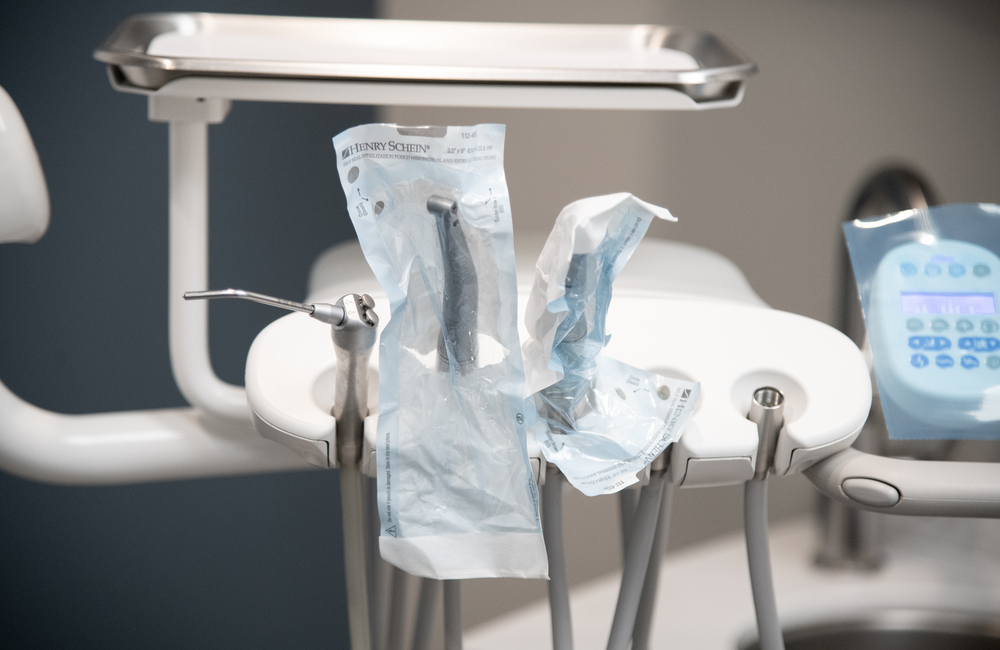
Your Dental Insurance Questions Answered
December 16th, 2020
Source used with permission from our friends at Cranford Dental in Rock Hill, SC: "Dental Insurance: Truths & Myths"
At Cedar Spring Family Dentistry, we often hear from our patients that the dental insurance landscape seems complicated and confusing. We understand, and we’re here to help. This blog will help answer some of the most common dental insurance questions that we receive, in an effort to help arm you with information, knowledge and a better understanding of the dental insurance landscape.
Does my plan cover two free cleanings per year?
However, if your visit falls outside of this range, then they may cover only a small percentage of your visit, and you would pay for the balance of the visit.
Does my dental insurance pay for all procedures outlined in the plan?
Dental policies have an annual maximum for dental payments. If you have enough of that maximum left over for the year, then your insurance company will pay. If it doesn’t, then only what is remaining will be paid.
One note: insurance companies have had the same maximum (typically $1,000 - $1,500) since the 1960’s, and have not raised them since. Today’s equivalent would be $10,000!
What if I have an emergency, will my dental plan cover the unexpected?
Traditional medical plans are designed to protect you from large, unexpected health expenses, but dental plans do not work this way. Their main purpose is to serve as a yearly coupon towards specifically-outlined dental care expenses.
Once you have exceeded your limits for these expenses, then your coverage ends for that period of time.
Do I have to only see a dentist in my dental network?
While it’s a good idea to make sure your dental plan provides “patient choice,” most plans do offer the right to choose who you want to go to for your dental care.
Here are the traditional types of dental insurance plans:
- Non-network policy: this allows you to go to the provider of your choice. Your dental plan pays the same amount whether it’s in or out of network.
- PPO (Preferred Provider Organization) policy: with this plan, you can go to the dentist of your choice, but you may have to pay some additional out of pocket expenses if you decide to go to a dentist outside of your network.
- DMO (Dental Maintenance Organization): this is a company that contracts with specific dentists. In this plan you are required to visit only that office.
- *Quick Tip: To find out specifically what kind of policy that you have, call the 800 number on your card and ask these questions:
- Will my dental policy allow me to go to any provider that I choose?
- Is there any kind of penalty for going out of network? If so, how much is that penalty?
Use it or lose it?
Unlike your HSA (Health Savings Account), dental insurance often has a “use it or lose it policy.” This means that if you fail to use your benefit maximum in a year, then that amount doesn’t roll over to the next, or future years.
This recent Cedar Spring Family Dentistry blog explains more about making sure that you schedule your year-end appointments, or any needed work before the end of the calendar year to your maximize benefits.
Should I purchase dental insurance?
If your employer offers dental insurance plans, they tend to be more affordable than individual plans. Employers can help you save money on these plans by navigating the details of the plan, as well as covering the premium costs.
However, if you are willing to do your homework, you may be able to find a good, affordable insurance plan. One thing to keep in mind when looking: at the end of the day, the insurance company is looking to benefit too, so ask specific questions before you decide to commit to a plan.
How long do I have to wait for my benefits?
When you purchase a plan, often it’s not clear how long you would have to wait to receive your benefits. This is another important question to make sure that you ask the dental insurance company.
Even if you are continuing to pay your premiums, sometimes you might have to wait anywhere from six months to two years before the dental insurance company pays for non-hygiene dental treatments.
What are the monthly premiums vs total benefits paid per year?
A good rule of thumb is take your monthly premiums and multiply them x12. If this number is more than your expected cost of dental treatments for the year, then you may be paying more for dental insurance that is necessary.
Additionally, if you have healthy teeth and visit the dentist every 6 months for hygiene visits (vs extensive treatments), this is another case where you might be paying more that you need to.
However, if you know that you may need involve extensive treatments, dental insurance could serve as a “health savings plan” to pay for the treatment.
Don’t have dental insurance benefits? We have a wonderful program called the Cedar Spring Dental Group plan. It’s an alternative option for our patients that works like a health savings plan (vs a dental insurance plan.) You choose the plan that works best for you, and for one flat annual fee, you’ll receive a variety of dental benefits throughout the year. This blog shares more info about this wonderful program.
At Cedar Spring Family Dentistry, we know the dental insurance landscape can be hard to navigate. We work with over 15 dental insurance companies and accept them all. If you have any questions about dental care or insurance, don’t hesitate to give us a call today.
(Source used with permission from our friends at Cranford Dental in Rock Hill, SC: "Dental Insurance: Truths & Myths")




